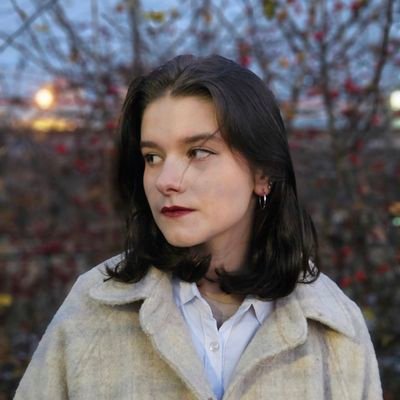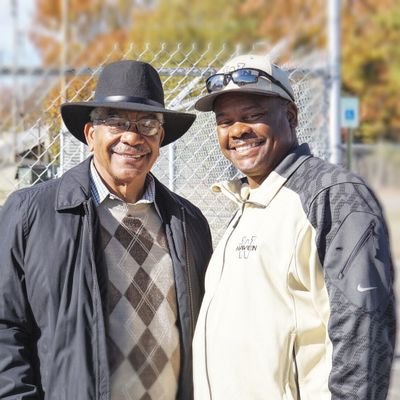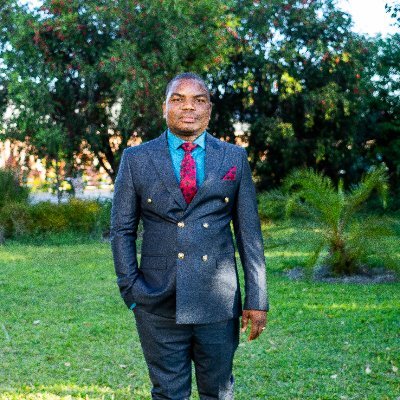
Arturo Estrella
@intheyield
Followers
3,292
Following
23
Media
582
Statuses
1,071
Economist, recession forecaster. Prof Emeritus at RPI. Former Senior VP, NY Fed. PhD in economics, Harvard.
Joined January 2022
Don't wanna be here?
Send us removal request.
Explore trending content on Musk Viewer
Venezuela
• 2174168 Tweets
Rayssa
• 939138 Tweets
Lewis
• 241049 Tweets
Russell
• 184000 Tweets
Japão
• 182149 Tweets
Rebeca
• 174322 Tweets
Hamilton
• 167760 Tweets
Victoria
• 167641 Tweets
Lebron
• 155602 Tweets
Simone Biles
• 145112 Tweets
#BBNaija
• 103325 Tweets
Tatum
• 84958 Tweets
Kevin Durant
• 71031 Tweets
Serbia
• 67606 Tweets
Omar
• 63196 Tweets
julia soares
• 59550 Tweets
Léon Marchand
• 59203 Tweets
Embiid
• 57020 Tweets
スケボー
• 46596 Tweets
Gimnasia
• 40232 Tweets
#النصر_بورتو
• 34780 Tweets
Kerr
• 32403 Tweets
Cubs
• 31182 Tweets
flavia
• 24935 Tweets
Paredes
• 23246 Tweets
Alexia
• 21777 Tweets
Raça Negra
• 19212 Tweets
İsrail
• 18972 Tweets
Samantha
• 18121 Tweets
Ronnie
• 17709 Tweets
Flavinha
• 15509 Tweets
Zambia
• 14466 Tweets
Andy Murray
• 14147 Tweets
Shaun
• 13007 Tweets
Morel
• 12966 Tweets
フェンシング
• 12453 Tweets
Biggie
• 11782 Tweets
محمد السيد
• 11130 Tweets
Jade Barbosa
• 10820 Tweets
Last Seen Profiles
After 7 months of yield curve inversions,
#3
/3: give it time. The last 8 recessions have started on average 12 months after the first yield curve inversion. In one case (2008), it took 17 months.
9
43
153
Did a
#recession
start in December 2023? Exhibit 1: Employment (household survey) has fallen 3 straight months since November. This happens very rarely unless it’s connected with a recession as in 1980, 1982, 1990, 2001, 2008 (2020 recession was too short).
7
16
79
Did a
#recession
start in December 2023? Exhibit 2: Monthly employment (household survey) peaked in November 2023 and its recent track resembles its behavior around the last 6 NBER peaks, which marked the starts of recessions.
2
14
60
This week is the second anniversary of my first tweet. I joined because I thought the Fed would tighten considerably, causing a yield curve inversion and later a recession, and I wanted to share my tracking in real time. Tightening and inversion happened. Waiting for
#3
.
6
6
56
Is possible that there will be no recession within the next 12 months? I can only estimate probabilities, but it would be the first time in 55 years that a yield curve inversion is not followed by a recession within that time horizon. Do you feel lucky?
5
7
33
Thanks
@LisaBeilfuss
for pointing out this indicator. With only 1 false positive in 1969, it's risen past 10% once during every recession since 1953 with lags of 0-7 months from the recession start. It just gave a signal in April, suggesting a recession may have started by then.
0
6
32
@MacroAlf
1) You're looking at the wrong yield curve spread. We've had 7 months of inversion of 10y-3m. 2) It takes time for the recession to start. Historically, it's 6-17 months after the first inversion (of the right spread). Give it time.
8
2
31
After 7 months of yield curve inversions,
#1
/3: prepare for recession, eg, don’t quit your job, build up savings, review risky investments (incl. through mutual fund, IRA, 401k).
1
5
27
















































































































